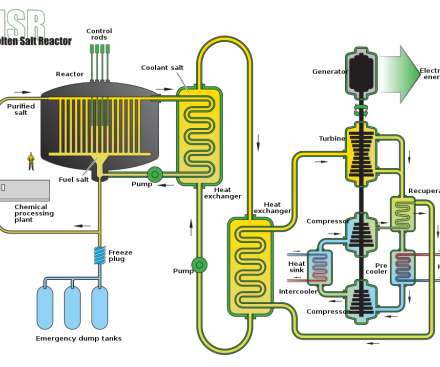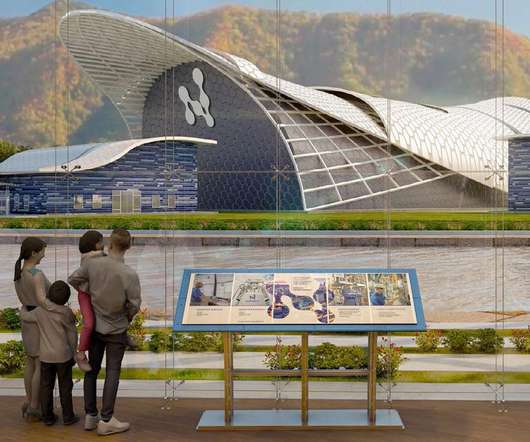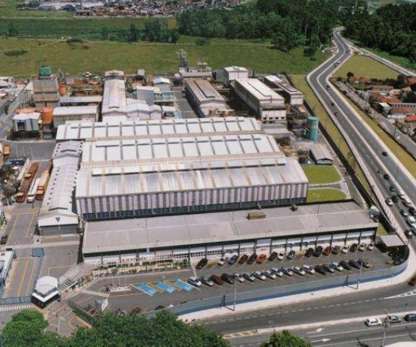Dynexus licenses Idaho Lab’s IMB technology for forecasting battery health
Green Car Congress
DECEMBER 16, 2016
Under an exclusive licensing agreement, Dynexus Technology will commercialize INL’s embedded wideband impedance technology for analyzing and forecasting the health, aging and safety characteristics of advanced energy storage devices. The whole purpose of the work is to understand the bounds of safety and performance as the battery ages.

























Let's personalize your content